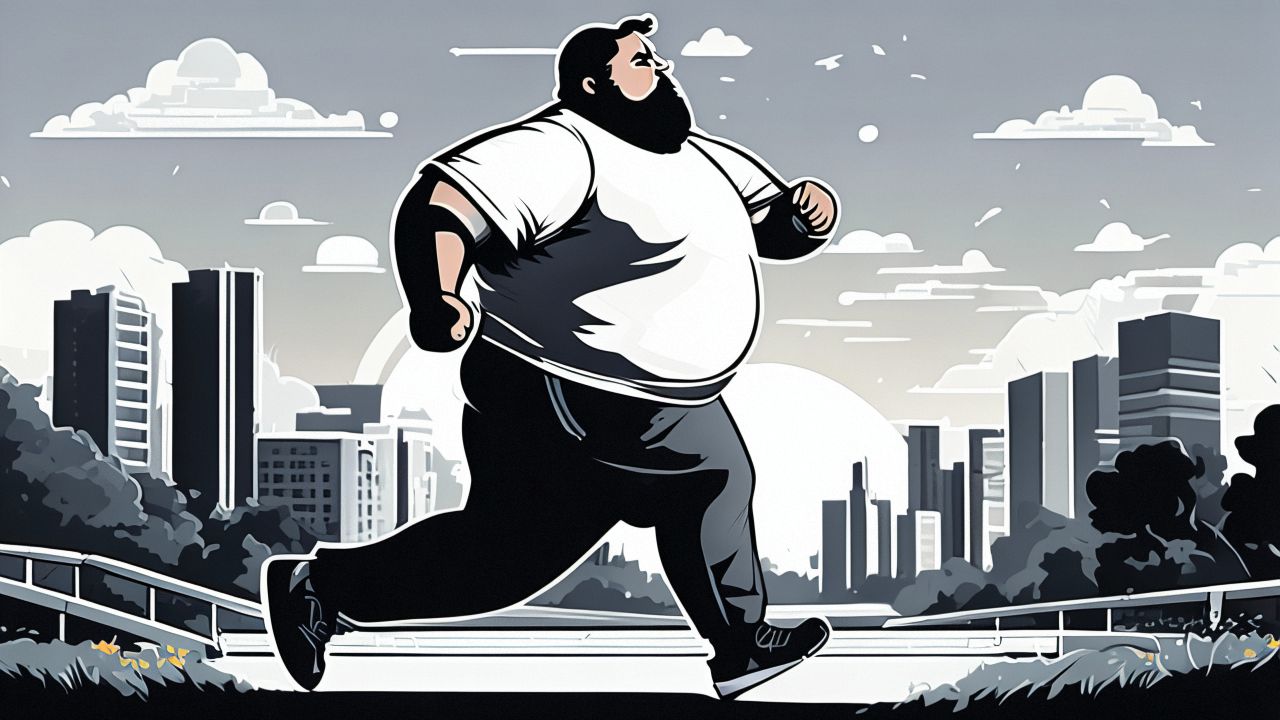Exercise guidance for elderly patients with hyperlipidemia
Exercise for elderly patients with hyperlipidemia differs from that of middle-aged and young individuals.
Elderly obese individuals often have comorbidities such as coronary heart disease, hypertension, and fatty liver. Due to obesity, clumsiness in movement, and a strong desire to lose weight quickly through exercise, accidents can occur if exercise is not done properly.

Before engaging in exercise, elderly patients with hyperlipidemia should first undergo a medical examination and receive clearance from a doctor. If their physical condition is relatively good, they can perform a self-check by doing activities such as squatting 10-20 times consecutively or running in place for 15 seconds. If they do not experience shortness of breath or chest discomfort, they can proceed with exercise. It is advisable for elderly patients to participate in group exercises or have a workout partner. It is also recommended for patients to carry emergency medications or a health record card to provide information about their condition in case of emergencies.
Exercise intensity should be gradually increased, and excessive speed should be avoided. Moderate exercise is characterized by feeling warm, slightly sweaty during exercise, feeling relaxed and comfortable after exercise, and improved sleep quality. If the heart rate exceeds 100 beats per minute, patients should take breaks during exercise. A daily exercise duration of 30-40 minutes is sufficient. Symptoms such as dizziness, chest tightness, palpitations, poor sleep, or significant fatigue indicate excessive exercise.
The principle of gradual progression should be followed, starting from slow to fast, easy to difficult, simple to complex, and gradually increasing the duration. Before exercise, warm-up activities are recommended, focusing on full-body exercises to prevent overuse of specific limbs or organs. Options include walking, jogging, practicing Tai Chi, localized massage, sunbathing, or medicinal baths. During exercise, breathing should be natural and even, with an emphasis on diaphragmatic breathing.
Breath-holding or excessive force should be avoided, and activities such as headstands, sudden body tilting, backward bending, or rapid rotations should be avoided to prevent falls or accidents. High-intensity running and prolonged exercise should also be avoided. Exercise in the morning, followed by adequate rest, and maintaining good sleep hygiene to establish a positive cycle.




